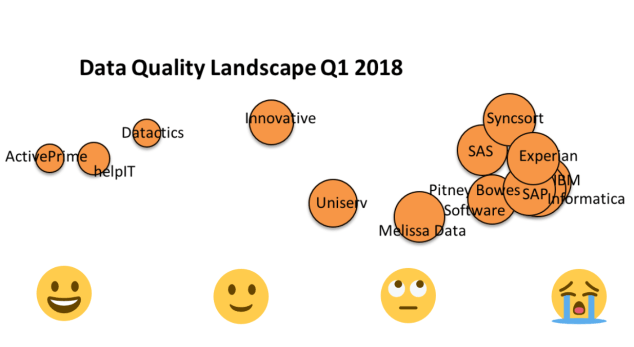 Today is a big day on this blog as it has been live for 3 years.
Today is a big day on this blog as it has been live for 3 years.
Success versus Failure
The first entry called Qualities of Data Architecture was a promise to talk about data quality success stories. The reason for emphasizing on success stories related to data quality is a feeling that data quality improvement is too often promoted by horror stories telling about how bad your business may go if you don’t pay attention to data quality.
The problem is that stories about failure usually aren’t taken too seriously. Jim Harris recently had a very good take on that in the post Data Quality and Chicken Little Syndrome.
So, I plan to tell even more success stories along with the inevitable stories about failure that so easily and obviously could have been avoided.
Getting Social
Using social networks to promote your blogging is quite natural.
At the same time social networks has emerged as new source in doing master data management (I call this Social MDM).
Exploring this new discipline over the hype peak, down through the valley of disappointment and up to the plateau of productivity will for sure be a recurring subject on this blog.
People, Processes and Technology
Sometimes you see a statement like “Data Quality is not about technology, it’s all about people”.
Well, most things we can’t solve easily are not just about one thing. In my eyes the old cliché about addressing people, processes and technology surely also relates to getting data quality right.
There are many good blogs around about people and processes. On this blog I’ll try to tell about my comfort zone being technology without forgetting people and processes.
The Hidden Agenda
Most people blogging are doing this to promote our (employers) expertise, services and tools and I am not different.
Lately I have written a lot about a second to none cloud based service for upstream data quality prevention. The wonder is called instant Data Quality.
While upstream prevention is the best approach to data quality still a lot of work must be done every day in downstream cleansing as told in the post Top 5 Reasons for Downstream Cleansing.
As I’m also working with a new stellar cloud based platform for data quality improvement productivity I will for sure share some props for that in the near future.

56.085053
12.439756








